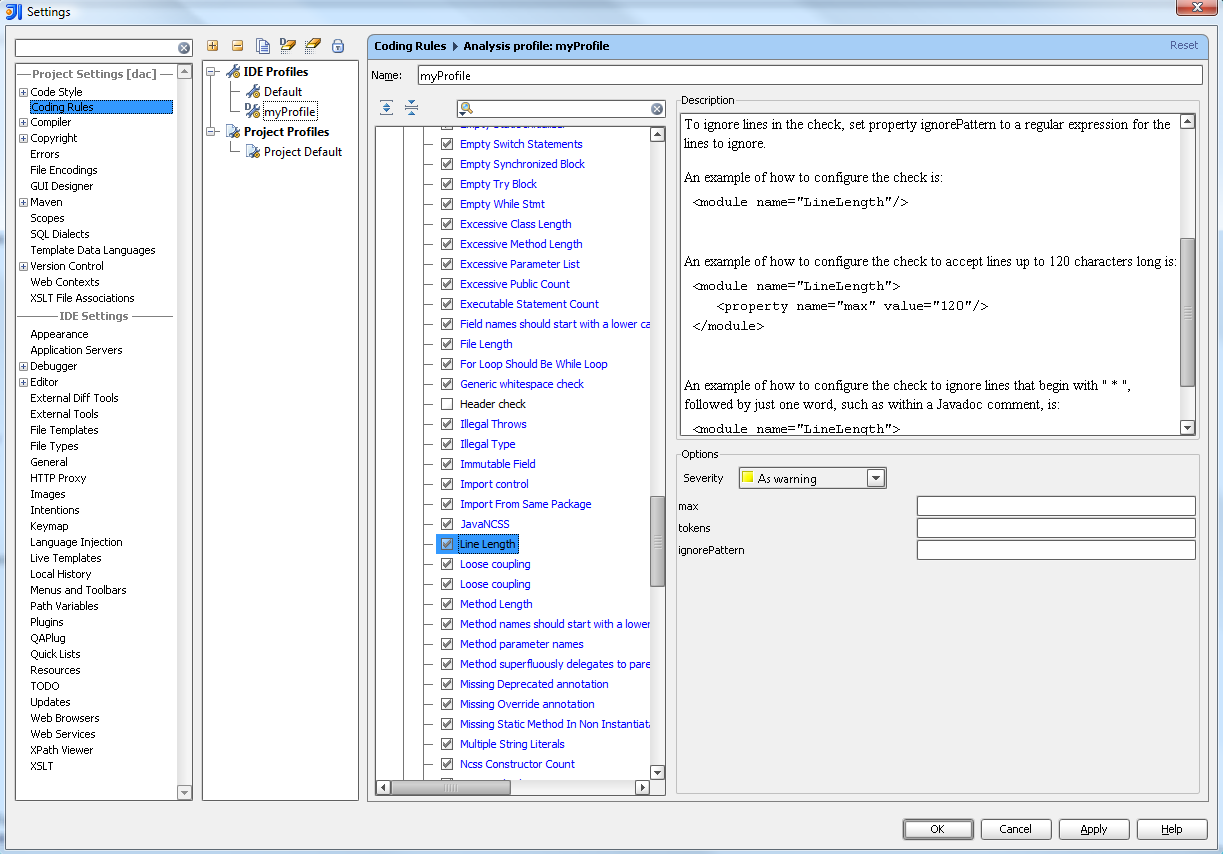

Once a class is specified, you can select a necessary method from the Method field. AppCode will suggest available classes as you type. In the Class field, enter the test class name. In the Test kind list, select the test scope:Ĭlass/Method ( Suite/Test for Boost.Test and Google Test and Tags/Test for Catch): specify a particular test class or method. The default name includes the selected class/method and test target. In the Name field, change the name of the run/debug configuration. In the dialog that opens, you can change the following configurations: To create a configuration for XCTest-based frameworks such as Quick and Nimble and Kiwi, select the XCTest template. Create a test configurationįrom the main menu, choose Run | Edit Configurations.Ĭlick on the toolbar and select one of the available testing frameworks: Boost.Test, Catch, Google Test, or XCTest. All changes in them are propagated automatically. Test run configurations are synchronized with Xcode’s schemes. You can run your tests using run/debug configurations, in the way similar to running ordinary applications. While in some cases this may not be a valid solution, it may sometimes help you out.Create run/debug configurations for tests After this, you will be able to use the debugger as if you had stopped at a breakpoint. When you need to evaluate an expression, and AppCode doesn't let you do that because you didn't stop at a breakpoint, you can advance your program a line further by stepping. You can then examine the program state and locate the cause of the problem. In case your application hung, pause the session to let the debugger get the information about its current state. Productivity tips Debug non-responding applications Alternatively, press ⌃ F2 and select the process to terminate (if there are two or more of them). Terminate a debugger sessionĬlick the Stop button in the Debug tool window. For example, you cannot evaluate expressions after pausing the program.
JETBRAINS APPCODE RUN FULL
Pausing the program manually is not an alternative to using breakpoints as this method doesn't let you use the full range of debugger functionality. When the debugger session is running, you can pause/resume it as required using the buttons on the toolbar of the Debug tool window: In the dialog that opens, select a desired configuration, alter the necessary settings, and click Debug. If you want to edit a run/debug configuration before debugging, press ⌥ ⇧ F9, and then press 0. The debugging session will start immediately. If you want to change a run/debug configuration or device before debugging, press ⌥ ⇧ F9 and select a desired configuration or device. If you have a run/debug configuration and device chosen in the run/debug configurations selector on the toolbar, click or press ⇧ F9. For example, the configuration can build the application every time you start a debugger session or use the previously compiled code. Thus, you can configure AppCode to use any parameters and perform any actions before the program is launched. More on them here.Įach time you debug a program, the debugger session is based on a run/debug configuration. While AppCode provides a way to debug simple applications without any extra setup, understanding run/debug configurations is essential to efficient use of the debugger. This topic relies on your understanding of run/debug configurations. If you are able to run your program from AppCode, you will also be able to debug it using the same configuration. The debugger is attached behind the scenes, so you don't have to configure anything specific to start a debugger session. Starting a debugger session is very similar to running the program in normal mode.


 0 kommentar(er)
0 kommentar(er)
